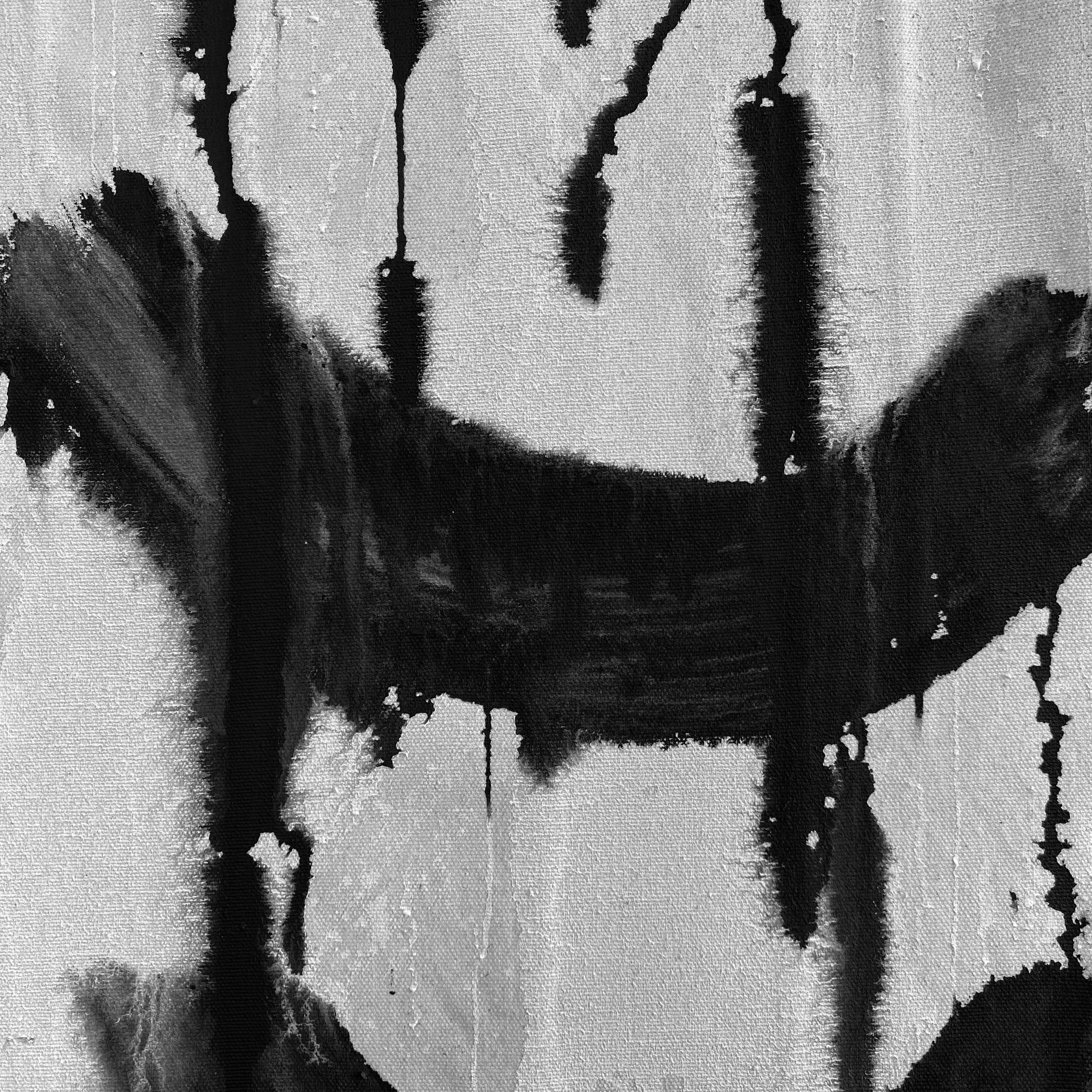
drawing within archive
essays on form, feels + fields
Your Line, Your Voice
Your marks carry you whether you intend it or not. The specific rhythm of your hand, the particular pressure of your touch, the unrepeatable pattern of how you move—these aren't decorative choices. They're structural facts. Your Line, Your Voice explores how difference becomes authority, how line functions as recognition pattern, and how presence validates authorship without needing signature or explanation.
Drawing What You Actually Feel
Your hand records what's happening in your body whether you intend it or not. Jaw tension changes pressure. Shallow breath shortens strokes. A tight gut makes certain gestures impossible. Drawing What You Actually Feel examines how marks function as records of physiological state—how your nervous system, breath, and muscular organization inscribe themselves directly into line, pressure, and rhythm.
Drawing as Inquiry
Drawing doesn't begin with conclusions. It begins with questions—gestures that test, probe, search. Drawing as Inquiry examines how authority emerges not from certainty, but from the rigor of sustained asking.
Making Marks That Endure
In a culture that prizes correction and refinement, drawing offers a counterpoint: authority built from what remains. Marks That Endure examines how presence persists not through polish, but through commitment to the uncorrected trace.
Showing Up in the Work
Think of the drawings you return to. The ones that hold your attention. Rarely are they perfect in finish. More often they carry edges. Interruptions. Exposed decisions. You see the false start left visible. The heavy stroke that risked overpowering the page. The tremor that split an arc. These don’t diminish authority. They establish it.
Knowledge Without Explanation
Some knowledge doesn't explain itself. It doesn't translate into words or convert into arguments. It arrives as form, as trace, as pressure. Knowledge Without Explanation explores how drawing carries meaning without articulation—how what's made visible isn't always what can be described.
drawing the quiet yes
The loudest marks aren't always the strongest. The Quiet Yes explores how barely visible gestures carry authority in drawing practice, how subtle shifts create structural transition, and how preservation of delicate marks becomes stance. Not weak whispers, but marks that trust their own sufficiency—that organize without overpowering, that structure without shouting.
the art of changing mid-line
Lines don't have to finish as they start. The Art of Changing Mid-Line explores how marks adapt while still in motion, how interruption becomes the next phase of the gesture, and how capacity to change mid-course creates resilience in drawing practice. Not correction after the fact, but adaptation inscribed directly into form as it emerges.
becoming through the page
The most honest drawings record transition—the in-between state when you're neither what you were nor what you'll be. This essay explores how marks document change in progress, how the body registers shifts before language names them, and how the page archives states too fluid to capture otherwise. Not error, but evidence of actual changing.
drawing without a map
Drawing plans end where friction begins. Drawing Without a Map explores how resistance in mark-making signals when to stop following your blueprint and start following material conditions, how lines navigate through contact rather than predetermined routes, and how drawing process discovers direction through making. Not random marks, but marks that orient through encounter—with surface, material, the body's actual capacity.